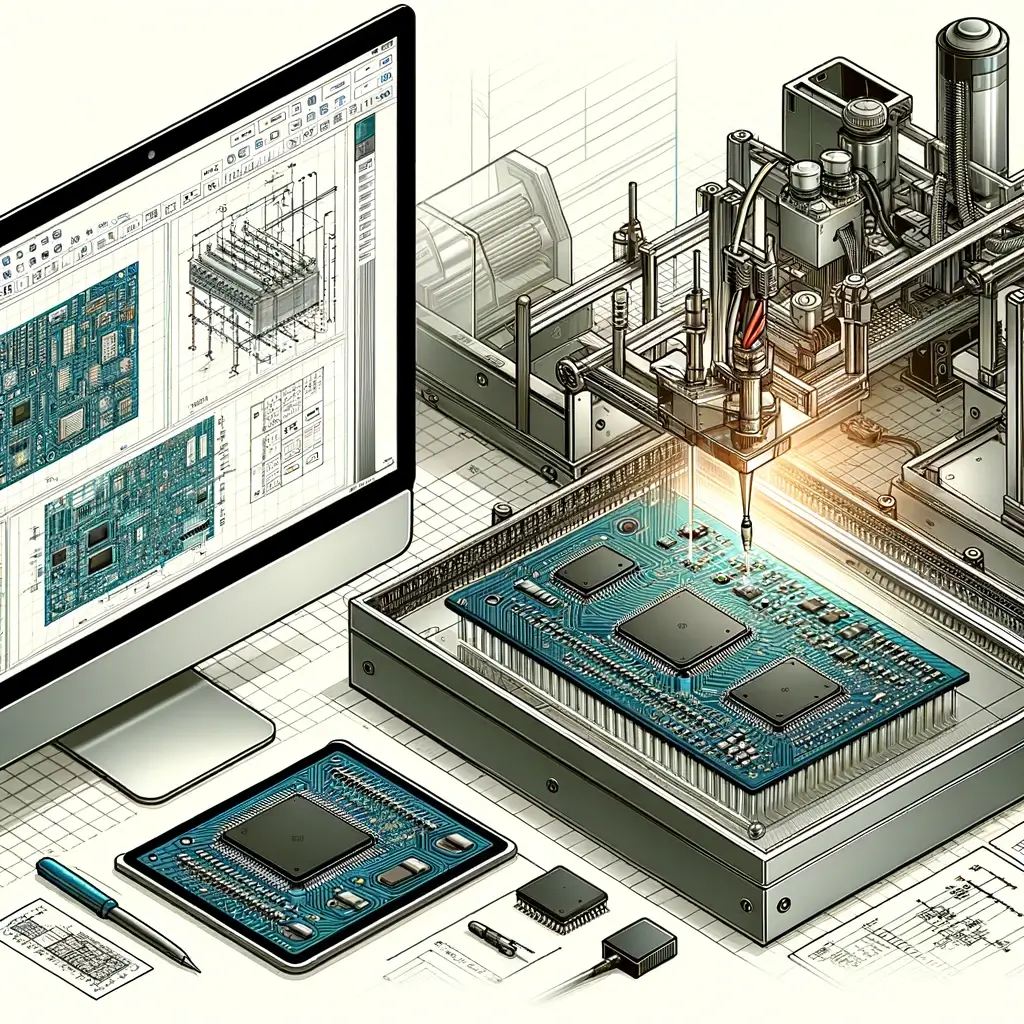From the concept to the PCB manufacturing and assembly, several factors impact the price of your board, but the price will also mostly depend on:
The board size
The mechanical engineer has to determine the size and the shape of the PCB – also called the PCB outlines. A first drawing is sent to the design team who can reduce the board outlines if possible. This is the first way to save money since a smaller area means a reduction in material cost.
The board shape
Rectangular boards are cheaper than curved ones for two main reasons: more machine time is required to curve the outlines and you have to pay for the waste.
The number of layers
Naturally, more layers mean higher cost. An additional two layers will increase costs by about 25%. As you add more layers to your design, you add more material, like prepreg and copper, and more production steps, like etching, pressing and bonding cycles, etc. And once produced, the layers have to be inspected: It is more work to inspect eight layers than it would be to only inspect four.
The copper foil weight
In general, the thinner the copper is, the less expensive the circuit board is. Using thick copper on your inner layers will require more prepreg during lamination to fill up the gaps between the areas made up of copper. Another disadvantage of using thicker copper is that you have to maintain greater spaces between traces, and you could also need thicker prepreg materials between two adjacent layers. However, if you use very thin copper, it adds extra cost – processing very thin copper is expensive.
The trace/space
The tighter your trace/space, the more difficult it will be to reliably etch your traces and pads.
The hole size and type
Smaller mechanical hole sizes are more difficult to manufacture. They also require smaller drill bits, which cost more.
The drill to copper
Drill to copper is exactly that: the distance from the edge of the drilled hole to the nearest copper feature on a layer (pad, pour, trace, etc.). The smaller the drill to copper, the more expensive the PCB manufacturing process is.
Controlled impedance
Having a controlled impedance means designing and producing very specific and uniform trace widths and space. More expensive materials with specific dielectric properties have to be picked to ensure the targeted electrical performance will be met. More work, more surface area for the coupons and more testing drive up the price of the board.
The panelisation
When you pick a panel option, keep in mind that it is just like the board size: The bigger the surface area is, the more it will cost you.
To sum up, the hard cost drivers you should take into account during the concept stage are the PCB outlines, the layers and their traces/space and vias. Carefully select the types of material you need and try to avoid waste as much as possible. Finally, keep in mind that reducing machine time (for both manufacturing and assembly) will reduce cost.



